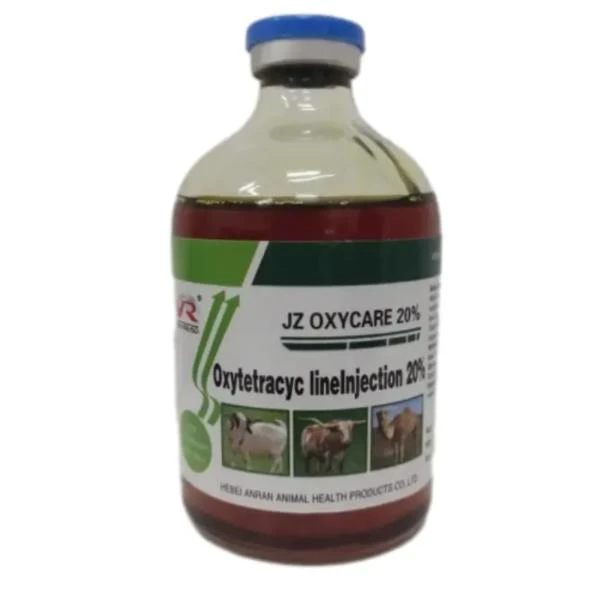- Afrikaans
- Albanian
- Amharic
- Arabic
- Armenian
- Azerbaijani
- Basque
- Belarusian
- Bengali
- Bosnian
- Bulgarian
- Catalan
- Cebuano
- Corsican
- Croatian
- Czech
- Danish
- Dutch
- English
- Esperanto
- Estonian
- Finnish
- French
- Frisian
- Galician
- Georgian
- German
- Greek
- Gujarati
- Haitian Creole
- hausa
- hawaiian
- Hebrew
- Hindi
- Miao
- Hungarian
- Icelandic
- igbo
- Indonesian
- irish
- Italian
- Japanese
- Javanese
- Kannada
- kazakh
- Khmer
- Rwandese
- Korean
- Kurdish
- Kyrgyz
- Lao
- Latin
- Latvian
- Lithuanian
- Luxembourgish
- Macedonian
- Malgashi
- Malay
- Malayalam
- Maltese
- Maori
- Marathi
- Mongolian
- Myanmar
- Nepali
- Norwegian
- Norwegian
- Occitan
- Pashto
- Persian
- Polish
- Portuguese
- Punjabi
- Romanian
- Russian
- Samoan
- Scottish Gaelic
- Serbian
- Sesotho
- Shona
- Sindhi
- Sinhala
- Slovak
- Slovenian
- Somali
- Spanish
- Sundanese
- Swahili
- Swedish
- Tagalog
- Tajik
- Tamil
- Tatar
- Telugu
- Thai
- Turkish
- Turkmen
- Ukrainian
- Urdu
- Uighur
- Uzbek
- Vietnamese
- Welsh
- Bantu
- Yiddish
- Yoruba
- Zulu
Nov . 08, 2024 02:56 Back to list
Albendazole Syrup Dosage Guidelines for Effective Treatment and Safe Administration
Understanding Albendazole Syrup Dosage A Guide for Parents and Caregivers
Albendazole is a medication widely used to treat a variety of parasitic infections, including those caused by worms, such as roundworms, hookworms, and tapeworms. It is an essential tool in the fight against these infections, particularly in regions where such diseases are prevalent. For parents and caregivers, understanding the correct dosage of albendazole syrup is crucial for ensuring the safety and health of children undergoing treatment.
What is Albendazole?
Albendazole is an anthelmintic agent, which works by inhibiting the growth and reproduction of parasites. It disrupts their energy production and metabolism by interfering with their ability to absorb glucose, ultimately leading to the death of the parasite. Albendazole is especially effective in cases of infections like enterobiasis (pinworm infection), ascariasis (roundworm infection), and neurocysticercosis.
Albendazole Syrup Formulation and Administration
Albendazole is available in various formulations, including tablets and syrup. The syrup form is often favored for children, especially for those who may have difficulty swallowing pills. The syrup is typically flavored to make it more palatable. It is essential to shake the bottle well before use to ensure that the medication is evenly mixed.
Dosage Guidelines
When it comes to albendazole syrup dosage, it is vital to follow the recommendations of a healthcare professional, as dosages can vary depending on the specific condition being treated, the child's age, and weight. Generally, the dosage is calculated based on weight, often expressed as milligrams per kilogram (mg/kg).
For most parasitic infections, a single dose of albendazole can be sufficient. The usual recommended dose for children is often 10 mg/kg, with a maximum daily dosage capped at 400 mg. For instance, if a child weighs 30 kg, the recommended dose might be 300 mg of albendazole syrup, corresponding to the 10 mg/kg guideline. However, in cases of specific infections like neurocysticercosis, the treatment course and dosage may be extended.
albendazole syrup dosage

How to Administer Albendazole Syrup
Administering albendazole syrup can be straightforward, but care should be taken to ensure that the child takes the full dose. Here are some tips
1. Measuring Use a proper measuring device, such as a syringe or measuring spoon, to avoid giving the wrong amount. 2. Timing Administer the syrup with or without food, but if the child experiences stomach irritation, consider giving it with food.
3. Completing the Course Although a single dose is often effective, always consult a healthcare provider regarding the duration of treatment and whether a repeat dose is necessary.
Potential Side Effects
While albendazole is generally well-tolerated, it can cause side effects in some cases. Common side effects may include abdominal pain, nausea, vomiting, and diarrhea. In rare instances, more severe reactions can occur. If a child experiences unusual symptoms or adverse reactions, it is crucial to seek medical attention promptly.
Conclusion
Albendazole syrup is an effective treatment for various parasitic infections in children, but appropriate dosing is essential for ensuring its efficacy while minimizing potential side effects. Parents and caregivers should always consult healthcare professionals for guidance tailored to the specific situation of the child. By doing so, they can ensure that their children receive safe and effective treatment for parasitic infections, helping to restore their health and well-being.
-
Guide to Oxytetracycline Injection
NewsMar.27,2025
-
Guide to Colistin Sulphate
NewsMar.27,2025
-
Gentamicin Sulfate: Uses, Price, And Key Information
NewsMar.27,2025
-
Enrofloxacin Injection: Uses, Price, And Supplier Information
NewsMar.27,2025
-
Dexamethasone Sodium Phosphate Injection: Uses, Price, And Key Information
NewsMar.27,2025
-
Albendazole Tablet: Uses, Dosage, Cost, And Key Information
NewsMar.27,2025













